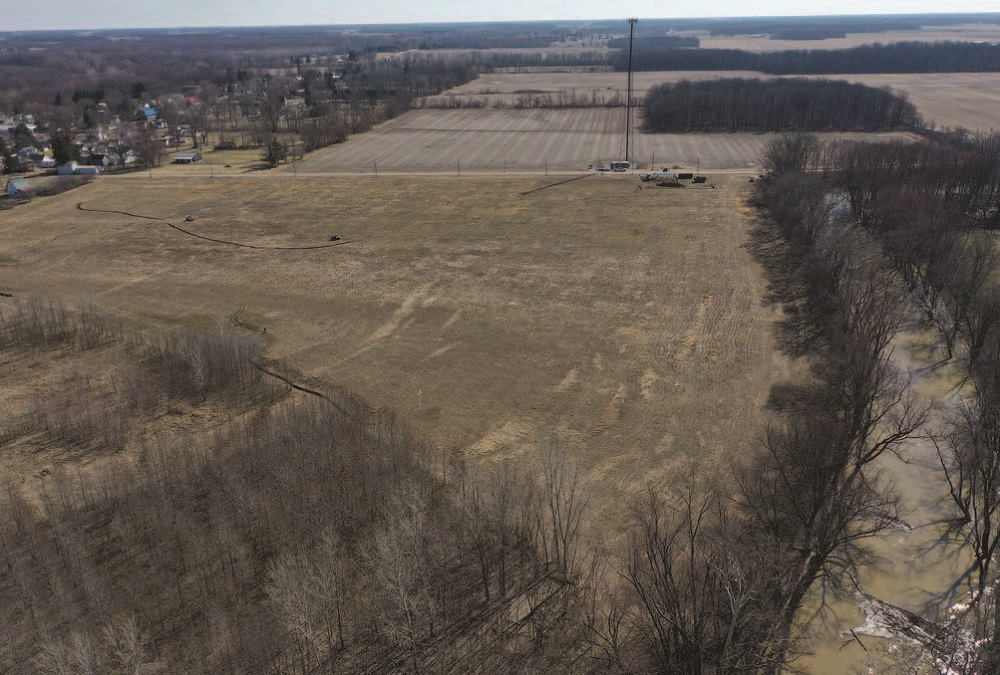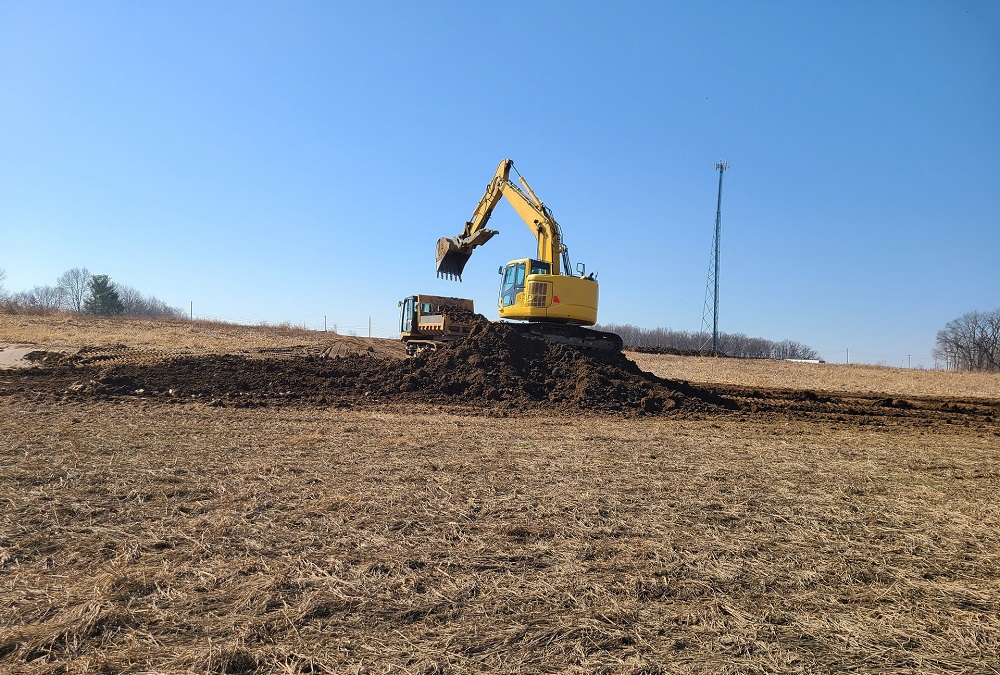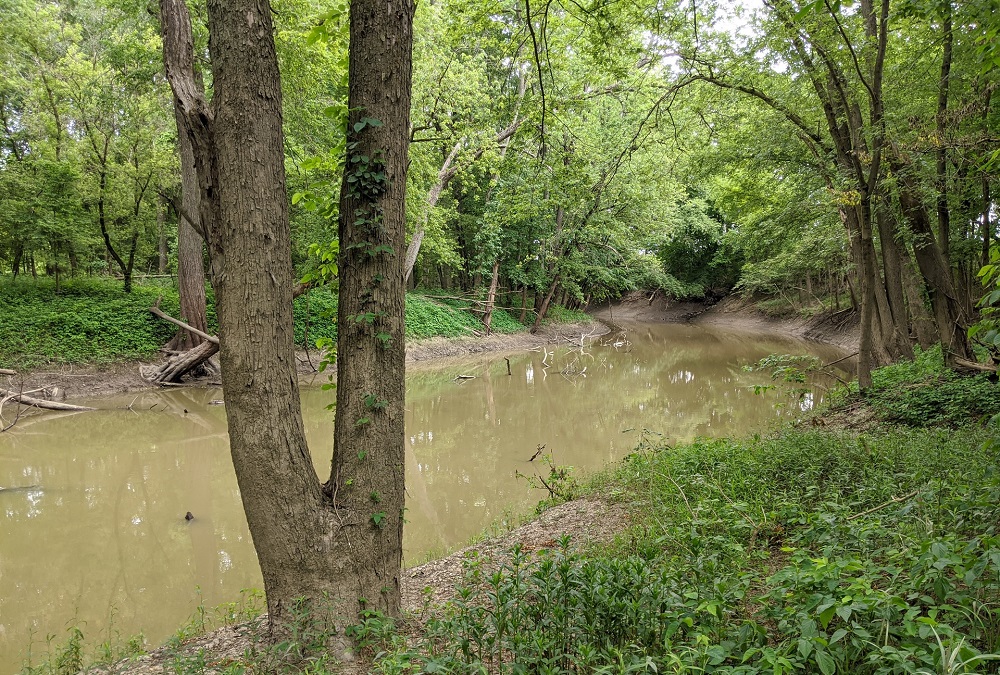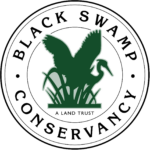Nature and time do most of the work on a restoration project. The staff of the Black Swamp Conservancy and our contractors help habitat development along. We restore topography for water retention, connect habitat that had been separated, and reintroduce native plants and encourage them to get their feet down deep and become well established. On the 75-acre Weisgerber-
Pohlmann Nature Preserve north of Defiance, we are doing that and a little more to rebuild a diverse habitat.
This property was selected for restoration because its low-lying cropland was often flooded over by the Tiffin River, which runs along about a mile of the preserve boundary. The site has a range of soil types and elevations that show us how a little intervention will create a lot of special value. On a bluff above a farm field and above some isolated wetlands, we are excavating areas for vernal pools and planting trees to re-establish a forest canopy.
Vernal pools hold water from early spring to June but dry up in the summer and fall. In the spring, the pools are rich with organic material in the form of leaves and other decaying plant matter, providing shelter in the shallow waters that lasts long enough for breeding amphibians, but not so long that fish or other predators become established. This spring, we’ll be hard at work with equipment on-site but by next spring, we expect to hear the loud chorus music of spring peepers, the snore of leopard frogs, and the quack of the wood frog.
The property falls in a steep slope to the farm fields and wetlands. We’ll establish native shrubs on the slope to prevent erosion. On the farm field, we will let the water ease back where it wants to be by restoring the land’s natural hydrology. This will restore the connection between the Tiffin River and the acreage, rebuilding acres of useful wetland.
Wetlands are proven to be strong tools in our efforts to reduce the amounts of phosphorus and nitrogen reaching Lake Erie and contributing to harmful algal blooms. Existing wetlands on the property are being treated to control some invasive species encroachment and interplant some additional natives that will further stabilize soil with their deep roots.
We’ve scheduled a lot of planting on this property, too. In the restored wetlands area, we plan to add elderberry, dogwoods, sandbar willows, and other shrubs that will grow into a diverse wetland community over the next several years. In the higher
ground, we will expand the wooded area with more trees. This area already includes a nice diversity of maples, black walnut, and butternuts.
All the earthwork and planting should be completed by late spring. Then we’ll help nature along as a thriving natural system develops.
